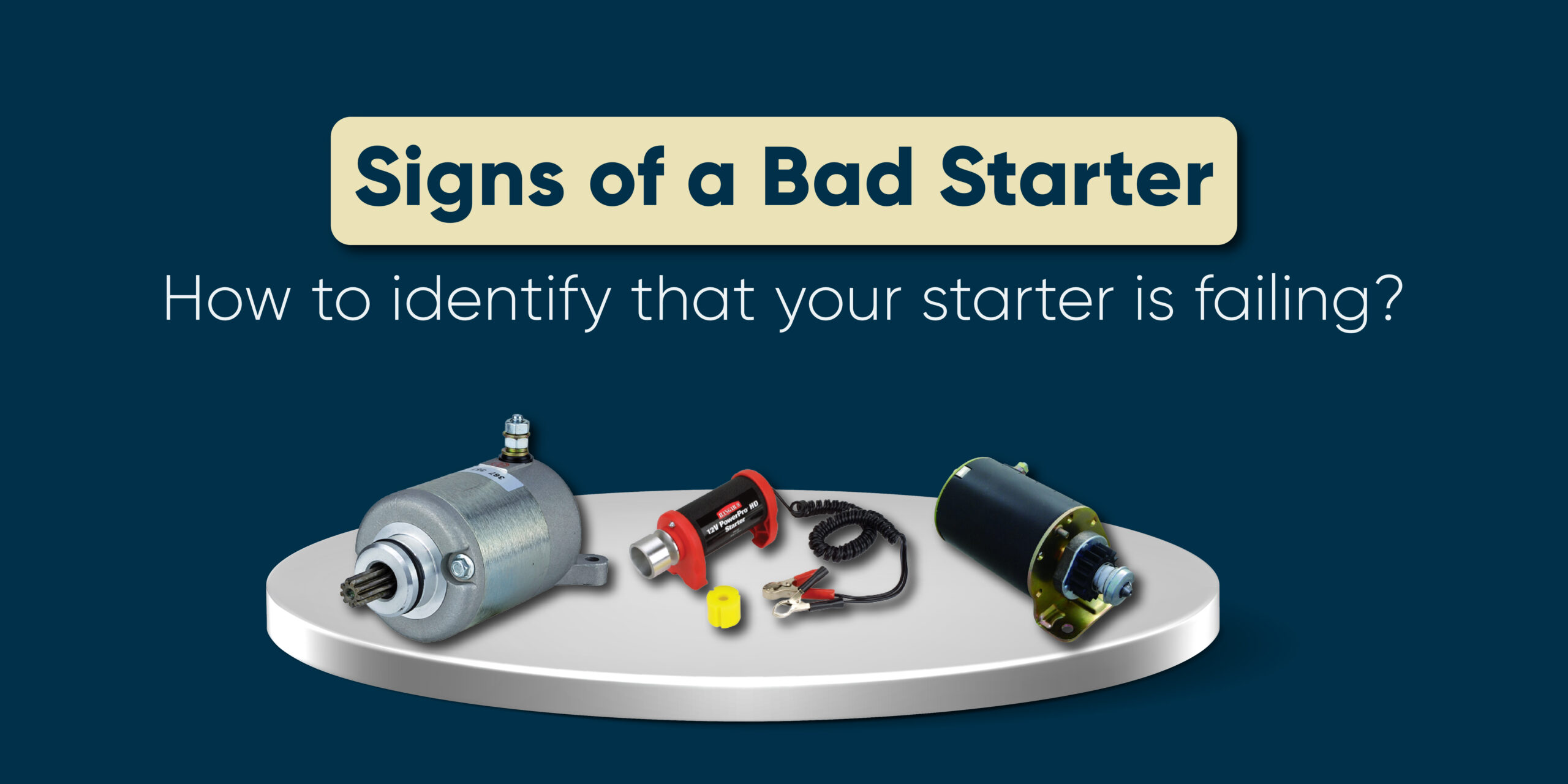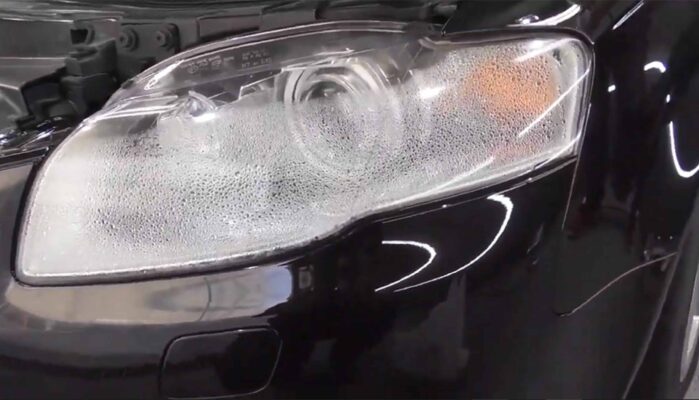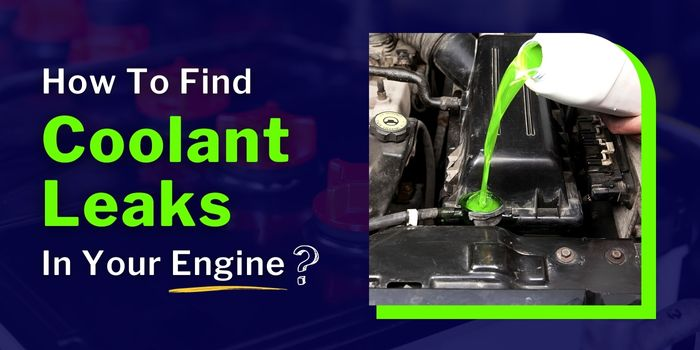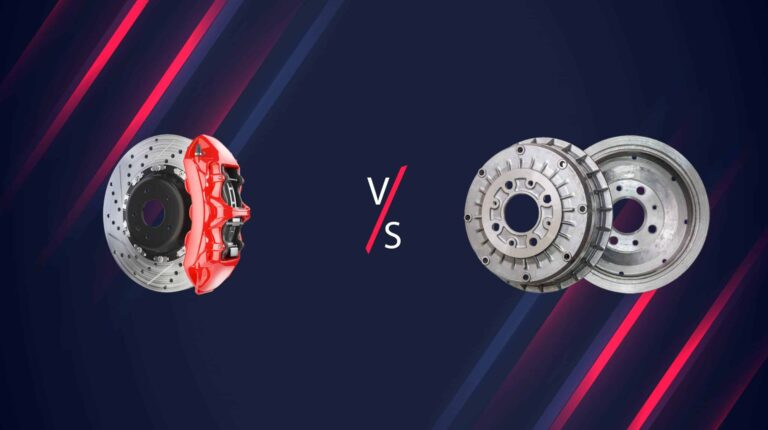
Have you ever been in a situation where you really need to get somewhere quick, you hop in your car but it doesn’t fire up? You are probably looking at signs of a bad starter, and you need to know how to identify if your starter is failing. Bad starter symptoms are easy to identify and once you know what to look for, you are well on your way to having the problem fixed.
Knowing how to get your vehicle moving is essential in case you find yourself stranded in the middle of nowhere. This article details the signs of a bad starter and how to identify that your starter is failing. Let’s first go through the basics to have a better understanding of the problem.
What is a starter motor?
A starter is basically an electric motor that is used to turn over an internal combustion engine by spinning the flywheel while the ignition is on. When you turn the ignition key or press the start button on the dashboard, an electric charge from the battery is provided to the electric starter motor to engage a gear that meshes with the flywheel and spins it.

This starts the reciprocation cycle of the internal combustion engine and gets the car motor running. The flywheel is an essential part of the starting process because the engine cannot get started without it. If the teeth on the flywheel or the starter motor are worn out, it will just spin without providing any force to the crankshaft.
Also Read: Everything you need to know about Brake Boosters
Signs of a bad starter
There are several ways you can identify that your starter is failing. Listed below are some bad starter symptoms that you should be aware of if you are ever in such a situation.
The car fails to start
The starter motor may fail to energize even if the car battery is fully charged. You can figure out if you have a fully charged battery by checking if the headlights, radio and interior cabin lights are working without the engine running. With a fully charged battery, the only possible explanation for a failed start is a bad starter motor.
Dimming cabin lights during starting
If the interior lights begin to dim when starting the car, it is consuming excessive electrical voltage and sapping power from other equipment.

There is a solenoid inside the starter motor that engages with the flywheel when provided with an electrical voltage. If the solenoid is not functioning properly, it will draw too much current and could even blow out a fuse.
Check the bearings in the starter motor as they will put excessive load on the device in order to spin which could be another cause of drawing too much power to start.
Clicking or whirring sounds from the starter
You may identify some clicking sounds when turning on the ignition in your car. Clicking sounds indicate a problem with either the battery or the starter motor. Check if the battery is fully charged. A whirring or grinding sound is most likely due to the gears on the starter motor being worn out and failing to mesh with the flywheel.
The starter continues to spin even after starting
The starter may keep running after the engine has been cranked to life. This indicates that the solenoid is still receiving power and spinning the gears to mesh with the flywheel. This is an indication of bad starter motor problems.
Difficulty in cranking the engine
If you need several attempts to start the car, or the starter works very slowly it is most likely bad starter relay symptoms. The starter may work in the beginning after 2 or 3 tries, but it will eventually give way subsequently.
Also Read: The Essential Guide On How To Replace Brake Pads And Discs And Rotors
How do you start a car which has a bad starter?
There are some troubleshooting procedures you can carry out to get your car started if it has a bad starter. Here are some ways that you can get the starter working in an emergency.
Bypass the starter terminals
The starter has a solenoid that is energized with the battery voltage and engages the pinion gear wheel with the flywheel. If you have ascertained that the battery is fully charged, bypass the solenoid terminals by placing a screwdriver shaft across the metal connectors.
Get someone to turn the ignition key while you have the screwdriver pressed against the terminals. The car should start now.
Jump start the car
You can connect a fully charged battery to your car’s battery by way of jumper cables. This will work only if a weak battery is the cause of a failed start.

If the starter motor is defective, then you will have to use another method to start the car.
Test the fuses
Disconnect the battery from its power terminals and identify the correct fuse relating to the starter motor. It is usually labelled as an ignition fuse.

Examine the fuse for a broken metal link which indicates that it has blown. Replacing the fuse would get the starter working again.
Push start the car
The push-start method works only for a car with manual transmission. If you have someone to help you out or access to a downhill section of the road, a push start will work to start the car. Keep the ignition on and engage the manual transmission into second gear. Hold the clutch in and then get someone to push the car from behind or nudge it over a downhill section. Once the car has achieved some speed, let go of the clutch and add a little throttle. The car will start using this method.
Also Read: Reasons Why Your Vehicle Could Fail an Emissions Test And How To Get Around It
Conclusion
It is not always easy to identify problems with the starter as there could be several reasons why a car will not start. A weak battery, bad ignition coil, failing spark plugs or perhaps a faulty fuel pump may be reasons. There are many reasons why your car will not start, and you can always get a technician to look into the problem. But if you have a basic understanding of the problem, a quick fix can be done on the road when you encounter an issue.
Hopefully, this article will help you narrow problems with the starter while eliminating other causes that prevent you from firing up the engine.
If all else fails, you can always get a repair technician to sort out problems with the starter motor. Since it is an electrical component, ensure to use proper safety equipment if you decide to fix it yourself.
Some other interesting articles you may find helpful are how to start a car without the ignition key.
Frequently Asked Questions
Q1. What are signs of a bad starter?
Ans. Some of the signs of a bad starter are the engine won’t turn over during ignition. There is no response from the engine when the starter is engaged. This is most likely an electrical problem, or the starter motor has burned out.
The starter motor may make some clicking noises, whirring or grinding. The starter motor components may be worn out, or the gears are not engaging precisely which is the cause of the sound. The starter motor may not work on the first attempt, but with subsequent ignition attempts, the motor starts running.
A bad starter may also stay on after the engine is turned on. The starter relay solenoid keeps trying to engage the flywheel. When the starter starts to overheat, it may start to give off smoke accompanied by a burning smell. The probable cause is overheating of the electrical components.
The starter may work properly, but the engine does not turn on most likely due to a failed gear. The final sign of a bad starter is a weak battery that cannot provide enough voltage to the starter.
Q2. How to start a car with a bad starter?
Ans. You can either start the car with jumper cables or push-start your car. Using jumper cables is quite easy. A spare battery that has been fully charged can be used here. Connect the positive cable (red) of the weak battery to the positive terminal of the new battery. The black cable connects to the weak battery’s negative terminal to an earth surface like the bare metal of the car.
Now engage the starter motor and let it idle for 10 -15 minutes till it is fully charged. Next, disconnect the cables and you can be on your way.
Q3. How to push start a car with a bad starter?
Ans. A simple way to start a car with a bad starter is to push start it. It is also known as bump starting but can be done only on a car with manual transmission. Turn the ignition on and put the transmission in second gear (first gear may cause a jerk, second gear is much smoother to push start). Have someone push the car for a short distance while you hold the clutch down in second gear. Once you have attained considerable speed, immediately let go of the clutch. The car should start. You can even repeat this process downhill in case there is no one to push the car.
Q4. How to start a car with a bad starter solenoid?
Ans. If you try to start your car and hear a clicking sound when you turn the ignition, it is most probably a problem with the solenoid of the starter mechanism. First, locate the solenoid under the hood. The solenoid is can be found above the starter motor (the starter motor is a long cylinder while the solenoid is a smaller cylinder placed on top of the starter). The solenoid has two wires attached to it which run from the battery. Use a screwdriver with an insulated handle to place it across the terminals of the battery. You are essentially bypassing the solenoid and connecting the ignition switch to the starter motor.
Have someone keep the screwdriver in place across the solenoid terminals and start the car by turning the ignition. Take out the screwdriver as soon as the car starts. Perhaps you can wear insulated gloves to prevent getting an electric shock from the starter motor.
Q5. How do I know if it is a bad starter vs bad battery?
Ans. Battery problems usually begin with a weak charge that does not provide enough voltage for the starter to work. If you turn on the ignition and hear a low-pitched, whirring sound while the engine doesn’t start, it is usually a case of a bad battery. If it is completely silent when you turn the ignition, the battery could be totally flat, and this can be diagnosed with a battery warning light on your instrument binnacle. Besides the battery, it could also be a problem with the alternator which is used to charge the battery. Simply replacing the battery with a new one should solve the problem.
A bad starter will have other symptoms like clicking noises when you turn the ignition on. All other electrical equipment on board the car such as the headlights, ambient lighting, dashboard lights and stereo should work meaning there is no problem with the battery. You can either jump-start the car or push-start it to get it going.
Q6. How to start a motorcycle with a bad starter?
Ans. A motorcycle can easily be push-started because it is much lighter than a car and does not require a second person to push from behind. An incline would be good so that the bike can be rolled downhill, however, it is not required. Ensure that you are away from traffic and that the area is well-lit so that you do not have to struggle in the dark and those oncoming motorists can see you and get out of the way.
The engine kill switch should be put in run mode. Put the transmission in second gear and pull the clutch in. If you have some help or are at the top of the incline, let the bike gain some speed. Once the bike is up to speed, pop the clutch and provide a dab of throttle. The bike should start up. Get to the mechanic to have a look at the starter motor or battery and have it fixed so that you are not left stranded.









